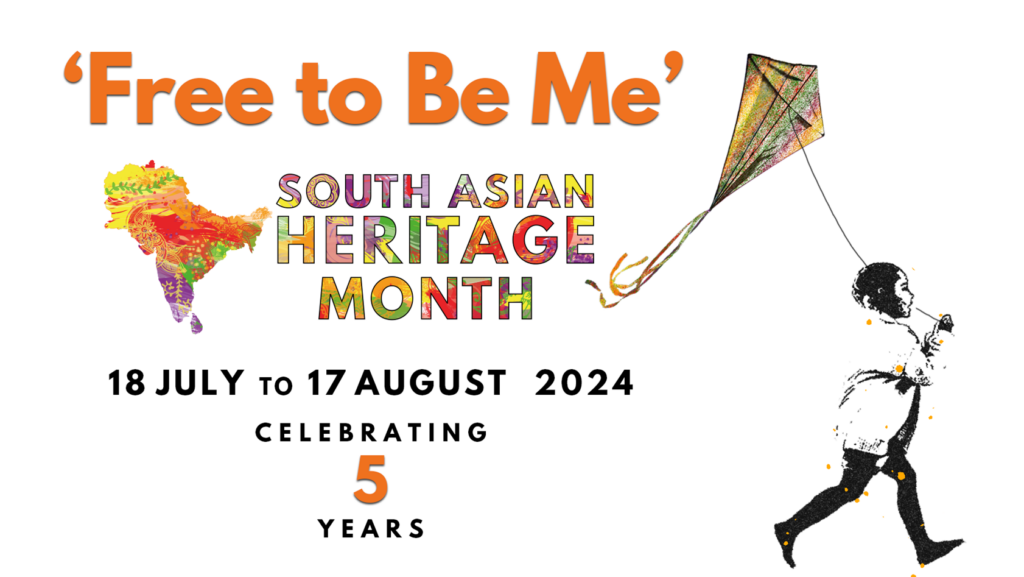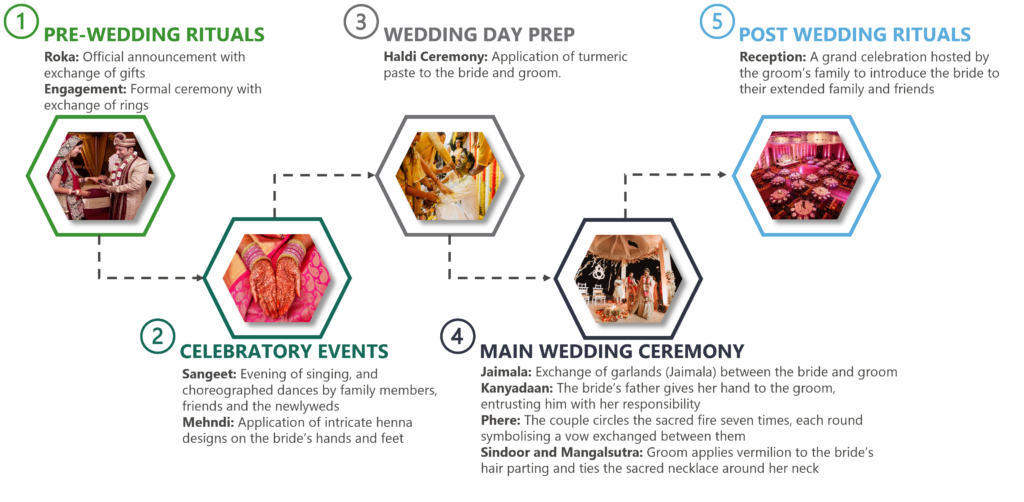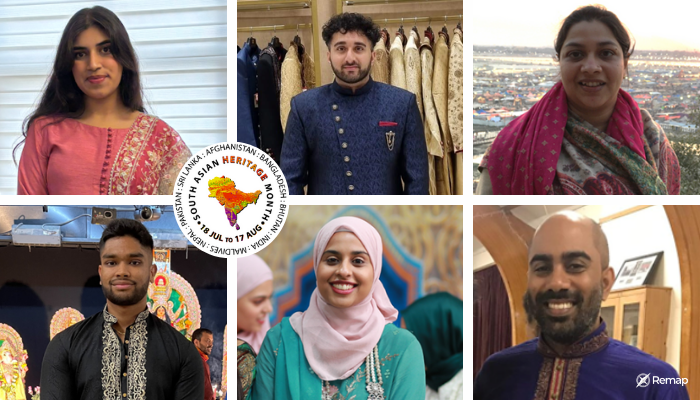South Asian Heritage Month (SAHM), held annually from 18th July to 17th August, is a vibrant celebration aimed at educating, commemorating, and celebrating the rich heritage and history of South Asians in the United Kingdom. Launched in July 2019 at the House of Commons, SAHM shines a spotlight on the diverse cultures and significant contributions of the South Asian community to British society.
The essence of South Asian Heritage Month
South Asian Heritage Month is for everyone, regardless of whether they are of South Asian heritage. The month aims to foster understanding of what it means to be South Asian today and how South Asian culture permeates various facets of life in society. It seeks to amplify and celebrate British South Asian heritage and history across the UK through education, arts, culture, and commemoration.

Historical context and celebrations
SAHM is unique as it spans two Western calendar months, reflecting the historical and cultural significance of this period. Key dates include:
| 18th July | Indian Independence Act of 1947 |
| 26th July | Maldives Independence Day |
| 8th August | Bhutan Independence Day |
| 14th August | Pakistan Independence Day |
| 15th August | Indian Independence Day |
| 17th August | Partition Commemoration Day |
These dates commemorate important milestones in the history of South Asian countries, many of which were once part of British India or were influenced by British colonial rule.
The British Empire and South Asia
The intertwined history of South Asia and Britain dates back to the establishment of early trading settlements and the British East India Company in 1600. The early settlers from South Asia included a range of transitory and permanent migrants, and were a diverse group from different regions of South Asia. Some of the workers that came to Britain stayed because they could not find the means to pay for a passage back.
British India, from 1858 to 1947, included present-day Bangladesh, India, and Pakistan. Additionally, Afghanistan, Bhutan, Nepal, the Maldives, and Sri Lanka had varying degrees of British influence and control during different periods.
By 1932, there were approximately 7,000 South Asians settled in the UK. Post-World War II, South Asians began forming substantial communities in the UK, with significant migration waves in the 1960s and 1970s, totaling a 100,000-strong population. This era also saw the arrival of Indian ‘twice migrants’ from East Africa, who migrated to Britain as a result of the newly independent countries of Kenya, Tanzania, and Uganda.
Today, British South Asians often navigate questions of identity and cultural integration while striving to preserve their rich heritage.

Cultural highlights: music, food, and cinema
Music: One of the cherished aspects of South Asian culture is Qawwali, a form of Sufi devotional music originating from the Punjab and Sindh regions of Pakistan and northern India. It is known for its energetic performances and themes of love and devotion.
Food: South Asian cuisine is a delightful blend of spices and flavours. Sharing food is a significant cultural practice, with Indian spices and “fusion” foods reflecting the diversity of the region’s culinary traditions.
Cinema: South Asian cinema, particularly Bollywood, holds a special place in the hearts of many. Iconic films like “Aranyer Din Ratri” by Satyajit Ray and “Agneepath” starring Amitabh Bachchan are celebrated for their storytelling and artistic excellence.
Weddings are a grand cultural affair
Indian weddings are renowned for their grandeur, rich traditions, and vibrant celebrations. They consist of multiple ceremonies and rituals that span several days, each with its unique significance:

Community and charity
The South Asian community is deeply rooted in traditions of community support and charity. Concepts like Zakat (compulsory charity in Islam), Sadaqah (voluntary charity), and Langar (Sikh community kitchen) highlight the importance of giving and helping those in need. These practices foster a strong sense of community and belonging.
Fun facts about Bangladesh
- Independence: Bangladesh became an independent nation in 1971, separating from East Pakistan
- Language: Bengali, related to Sanskrit and influenced by various languages, is the nation’s mother tongue
- Natural heritage: Bangladesh boasts the world’s longest natural sea beach, Cox’s Bazar, and is home to the endangered Royal Bengal Tiger
- Cuisine: Fish, especially Hilsa, is a staple in the Bengali diet, reflecting the country’s numerous rivers

Celebrating diversity
South Asian Heritage Month is a time to celebrate the rich and diverse cultures of South Asia and their significant impact on British society. It is a month for reflection, education, and joyous celebration of the vibrant tapestry of South Asian heritage.
For more information and events, visit the South Asian Heritage Month website and join in the celebrations from 8th July to 17th August.
Content developed by: Manahill Baig, Vishal Chanda, Fatima Chunara, Rahul Vadehra, Amrit Kaliasethi and Kavitha Baruah

